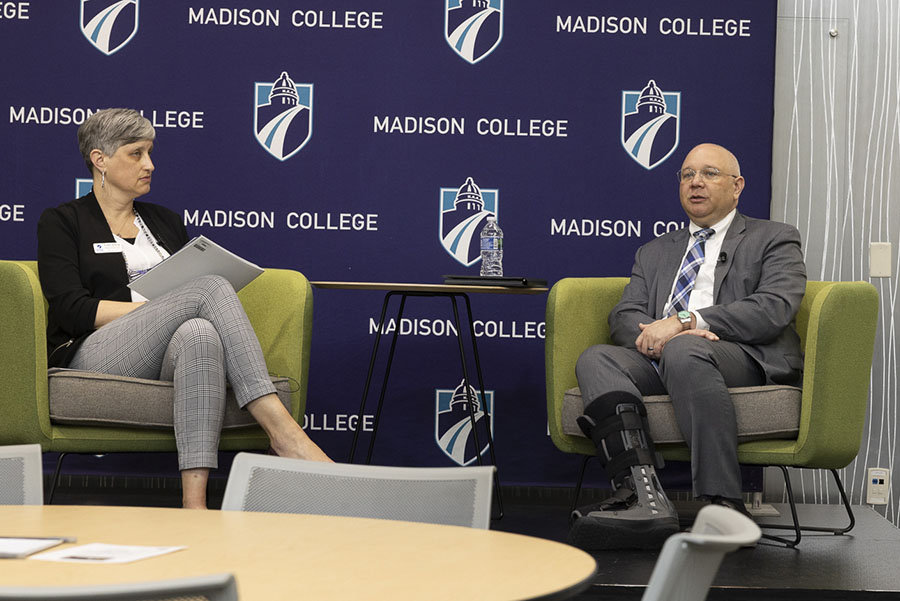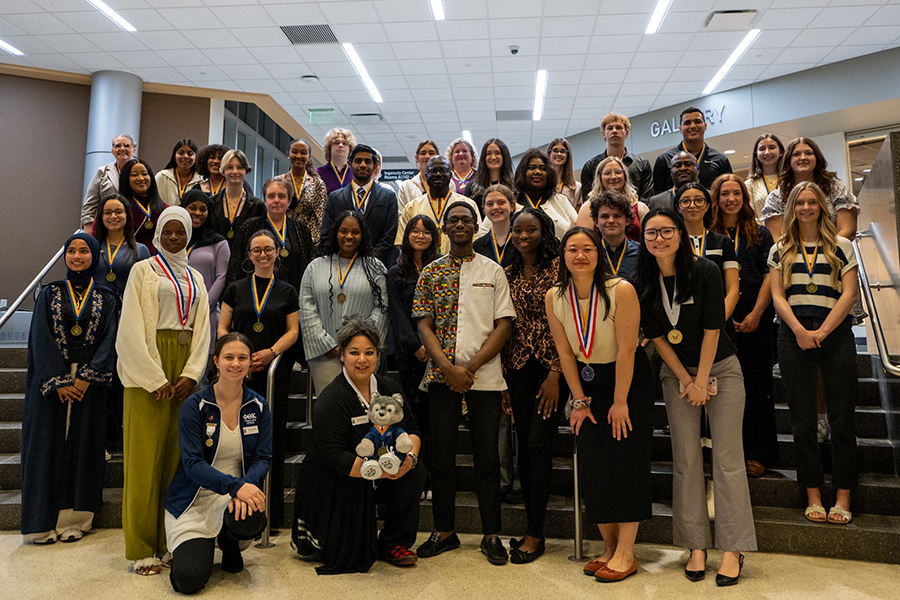When you hear “poetry,” the terms Shakespeare, sonnet and rhyme are more likely to come to mind than documentary, social justice or journalism.
That was not the case at the Association of Writers & Writing Programs conference where a crew from Madison Area Technical College’s Yahara Journal ventured last month. The conference spanned three days, and on the last day there was a panel entitled ‘Poetry as Multimedia Documentary.’ It featured five poets who answered the question of whether or not poets can use the tools of journalism and other media to produce new models of storytelling.
The panel of multi-media poet experts discussed this question and used their own work as affirmation that poetry can be used to blur the lines between art and journalism. They talked about the possibilities of poetry as a documentary and their collaborations with conventional journalists.
One of the panelists, Kwame Dawes, had the heart of a social justice advocate and the mouth of a poet. He, and others felt that poetry tends to shift and shape itself to meet every new generation’s needs.
Dawes allowed this written verse to take him on a journey to discover the new face of poetry. For example, when asked to document the effects of HIV and AIDS in Jamaica, he let poetry reshape itself by building a unique bridge between poetry and documentary storytelling.
Dawes has been acknowledged for his inspiration and innovation. For a project called “HOPE: Living & Loving with HIV in Jamaica,” Dawes created an interactive website where he mixes poetry with first person accounts of people living with HIV and AIDS in Jamaica. His multi-media documentary won the 2009 Emmy Award for the category of New Approaches to News & Documentary Programming: Arts, Lifestyle & Culture.
The documentary storytelling poet deeply inspired his audience by combining shocking intimate portrait photography and compassionate verse that spoke of value, purpose, and love.


























